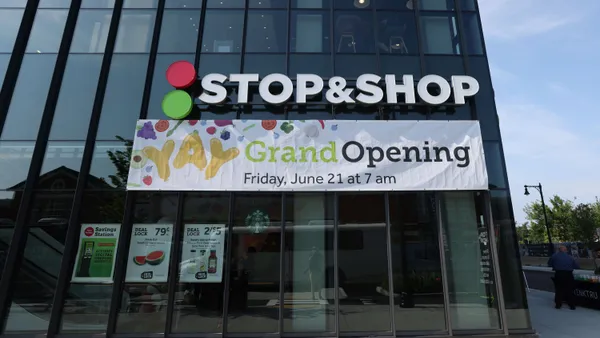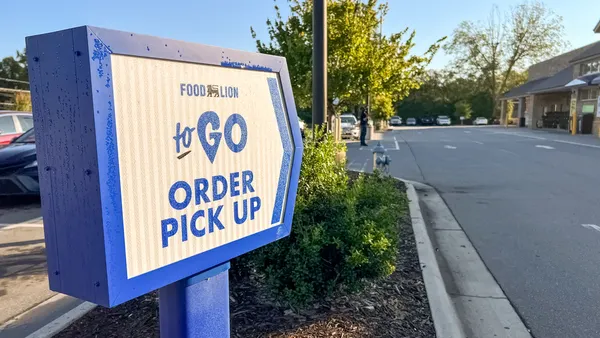Dive Brief:
- During the past 12 months, meal kit subscriptions have grown 67%, according to a report by Magid. The research found subscriptions went up because of an emphasis on convenience, as well as the opportunities meal kits give consumers to experiment with new foods.
- Twenty-six percent of consumers say they intend to subscribe in the next six months, the firm found.
- Fifty-eight percent of meal kit subscribers are men, while women make up 42%. Most of these consumers are millennials — who make up 58% of the market — and make less than $100,000 a year.
Dive Insight:
Meal kits have had their fair share of obstacles but have been working vigorously to overcome them, including partnering with grocery stores and cutting down operational costs.
Although companies like Blue Apron still have a lot of kinks to work out in order to achieve profitability, this kind of consumer demand is encouraging for providers. Most analysts and industry experts have been skeptical of meal kit company growth, especially since Chef'd went belly up in July. While this report may not assuage concerns over operations, it shows the model hasn't yet gone stale with shoppers.
Besides cutting costs or reducing waste, big players like Blue Apron and HelloFresh have put an emphasis on selling meal kits in stores. This helps companies interface with consumers who might be turned off by a subscription option — but it is becoming an increasingly crowded space as grocers build out their prepared foods and foodservice selection, and as grocers like Kroger and Albertsons buy up meal kit companies. Just last week, Kroger kicked off its nationwide expansion of Home Chef meal kits with a 350-store launch.
Still, the subscription model is vitally important for meal kit companies, which will continue working to make it pay off. Although subscriptions have been growing at a healthy pace, keeping customers around that has proven to be the hard part. The figures from Magid show that innovations like healthy recipes and quick-prep meals have kept shoppers interested. Now, companies need to keep those consumers engaged.
Part of the answer is honing in on the right customers. According to Magid's research, most meal kit subscribers are millennials who prefer to experiment with flavors, as well as men who might be more interested in cooking meals. These same subscribers are also in a middle-class income bracket — with 55% of those interested in subscriptions reporting they make a salary less than $100,000. This generally means these consumers are early in their careers and want to spend less time in the grocery store or in the kitchen.
The long-term answer to engagement, though, seems to be scale. As companies grapple with costs, large entities like HelloFresh and Blue Apron will be in the best position to weather tight margins and fluctuating demand. In an interview with Grocery Dive earlier this year, Tobias Hartmann, president of North America for HelloFresh, said scale also helps the company address one of the industry's biggest challenges: marketing costs.
“You bring down your market spend by scale," he said. "At the beginning, you grow exponentially, 300%, 400%, so you spend about average on marketing. Then, as your revenue growth comes down, you have built your customer base and your brand assets, your marketing spend comes down proportionately.”
Since it pays to be big in the meal kit industry, look for more consolidation — and for more companies to go out of business — in the future.













